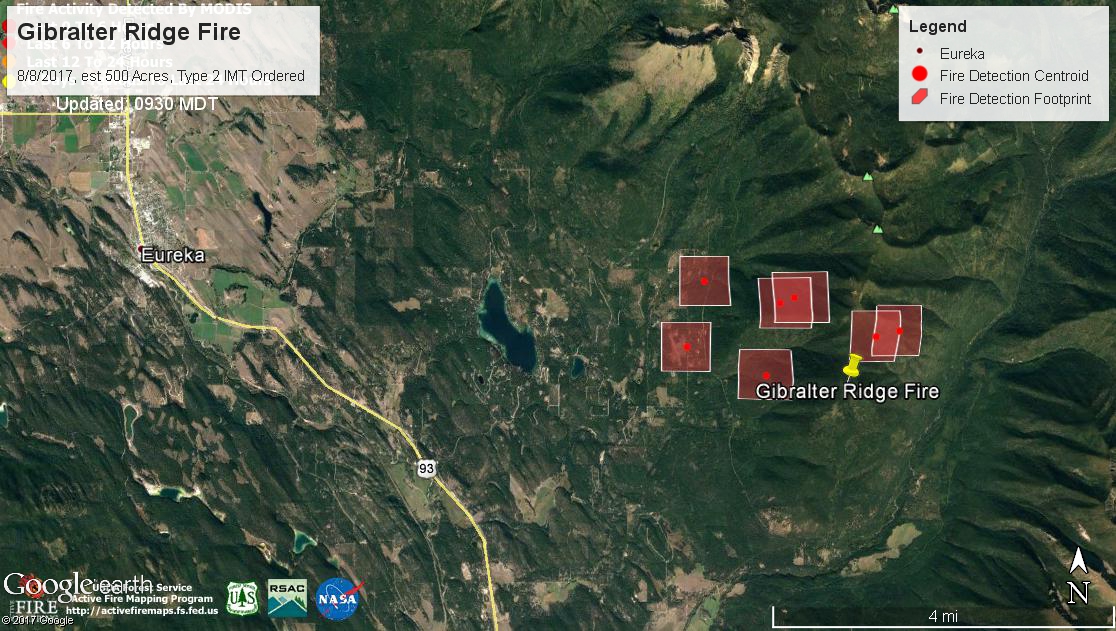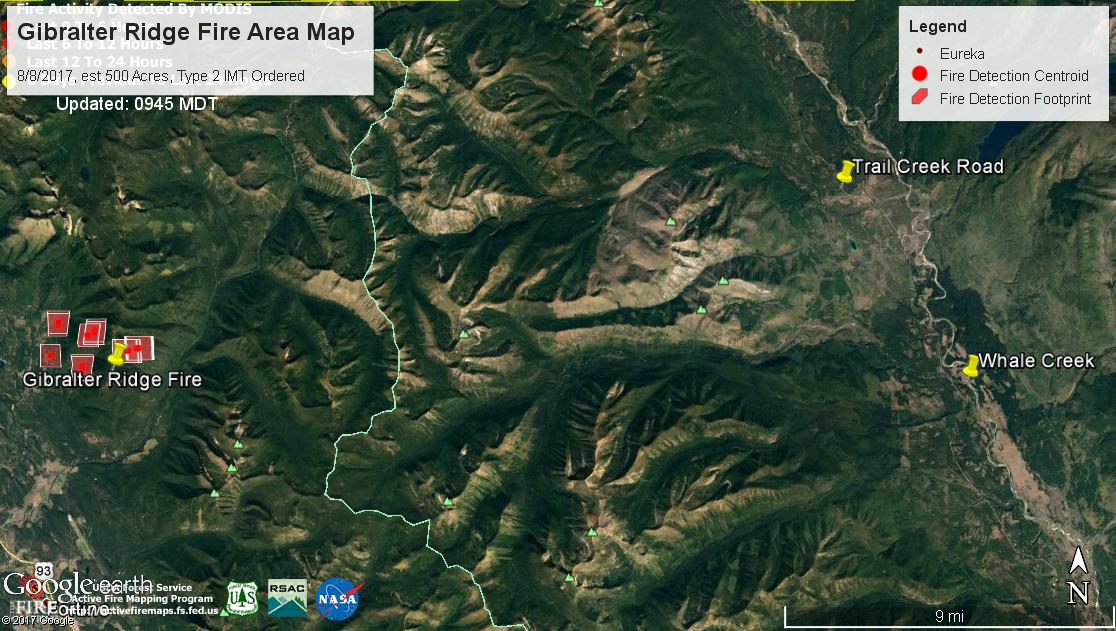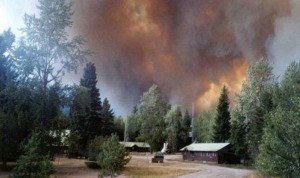Here is the latest Wildland Fire Potential Outlook: http://www.nifc.gov/nicc/predictive/outlooks/monthly_seasonal_outlook.pdf.
They have been pretty accurate this year in their forecasts. Here are a couple of excerpts from the Outlook regarding the Northern Rockies:
Northern Rockies: Above normal significant wildland fire potential will continue over northern Idaho and northwestern Montana from August through mid-September, with conditions returning to normal for the remainder of the outlook period through November. The rest of the Area will see normal significant wildland fire potential for the entire outlook period.
Long range data suggests that typical hot and dry conditions can be expected for August and early September, which would promote normal activity during the peak of fire season in most areas, except northwest Montana and N Idaho where above normal activity is possible. The same data suggests a pattern shift to a cool, wet pattern during the second half of September. Should this occur, it should be sufficient to begin to wind down fire season 2015.
Looking beyond September, the Northern Rockies Region is typically out of fire season. However, significant wind events during the transition from fall to winter can sometimes produce brief flare ups of activity mainly east of the Continental Divide until the snow falls. Given that this will be an El Niño fall and early winter, chances are good that the arrival of the winter snow will be late.
While it mentions elsewhere in the report that the dead fuels in Northern Idaho and Western Montana have extremely low moisture content, they also note that the live fuels are cured, dry and available. We might be in a little better shape up the North Fork in terms of live fuels, especially those that are shaded and not out in the open. This is small consolation, however, since as we have observed, fires will move quickly through the dead component and consume the live component even if the live component does not actively assist in the spread.
So, I’m looking forward to the middle of September and hope that cooler, moister conditions move in as forecasted. Until then, keep your fire tools sharp and your water handy…
Below is the most recent ERC (Energy Release Component) graph for our area (Glacier Park and Bob Marshall Complex) which represents the receptiveness and volatility of the forest fuels:

You can see that the moisture we got in July moderated the ERC’s for 2015 (blue line) significantly compared to the path they were on before the 4th of July. We are just returning to the levels we saw at the first of July, but are well ahead and above an average year (grey line), and will be getting back close to the max again (red line). Let’s hope we get good moisture out of the system forecasted early this week, without the lightning….




 This year’s Firewire Day workshop will be held on Wednesday July 13, 2016 from 9:30 a.m. to noon at Sondreson Hall, immediately preceding the Summer Interlocal meeting.
This year’s Firewire Day workshop will be held on Wednesday July 13, 2016 from 9:30 a.m. to noon at Sondreson Hall, immediately preceding the Summer Interlocal meeting.